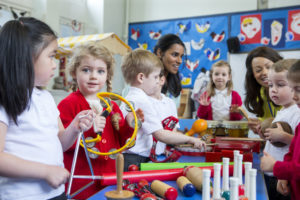 Young children are like sponges — they soak up information. This is why it’s important to enroll them in academic preschool programs so they can obtain a quality education from a young age.
Young children are like sponges — they soak up information. This is why it’s important to enroll them in academic preschool programs so they can obtain a quality education from a young age.
Considering the fact that children learn with all their senses, playing is one of the best ways a child can learn new things and have different experiences. Providing your child with a variety of playthings while also enrolling them in academic preschool programs that encourage play can bring them many benefits. So how exactly does your child learn by playing?
Develop their physical skills
Children work on both their fine and gross motor skills while playing without even realizing it! Gross motor skills are developed when a child learns to reach, grasp, crawl, run, balance, and throw. Fine motor skills are worked on when a child handles a small object, such as using scissors or crayons.
Develops their cognitive abilities
Simply put, children learn to solve problems when they play. They also learn how to count, to recognize colors, identify shapes, and even learn to read. Not only does play positively impact their memory, it also helps them enhance their attention span. In addition, a stimulating play environment will also develop their critical thinking and problem-solving skills.
Develops their language
Play is one of the easiest ways to help develop your child’s language. Playing with their peers will teach them how to construct simple sentences, improve their vocabulary, and enhance their hearing and listening skills. Anything involving language such as reading a story or having a sing-along will do wonders in developing their speech.
Hones in on their social skills
Not only will play introduce your child to others, it will help them figure out how to negotiate, cooperate with their peers, take turns, and be gentle with others. These skills will only grow as the child gets older, and are especially beneficial for their grade school readiness.
A full three-fourths of young children in the U.S. are enrolled in academic preschool activities. If you are looking for a high quality education, a team of experienced teachers, and a place for your child to grow, consider speaking to a member of our staff at Learn and Grow Academy today.



 Parent-teacher meetings are designed to facilitate open communication between two of the adults who spend the most time with your child every day. You both care very deeply about the development of your child, but if you’re not on the same page, it’s hard to manage and support that growth, which is so important during these early years. Here are 10 questions to ask your preschooler’s teacher at your next parent-teacher meeting.
Parent-teacher meetings are designed to facilitate open communication between two of the adults who spend the most time with your child every day. You both care very deeply about the development of your child, but if you’re not on the same page, it’s hard to manage and support that growth, which is so important during these early years. Here are 10 questions to ask your preschooler’s teacher at your next parent-teacher meeting. Your child may have passed all the requirements for preschool, but have you? Your little one is ready to go out into the world, make new friends, learn new things, but is your own separation anxiety making this transition extra hard?
Your child may have passed all the requirements for preschool, but have you? Your little one is ready to go out into the world, make new friends, learn new things, but is your own separation anxiety making this transition extra hard?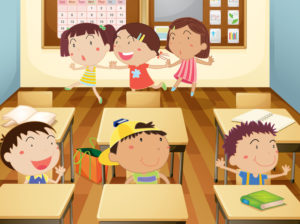 If your child is among the three-fourths of kids in the U.S. who participate in a preschool program, you’ve probably been lectured about a variety of back to school tips. One of the most fundamental tips that can’t be overlooked, however, is the importance of helping your child get a good night’s sleep. A lack of sleep can be detrimental to a child’s ability to learn and grow, particularly when it comes time to engage in all those fun academic preschool activities.
If your child is among the three-fourths of kids in the U.S. who participate in a preschool program, you’ve probably been lectured about a variety of back to school tips. One of the most fundamental tips that can’t be overlooked, however, is the importance of helping your child get a good night’s sleep. A lack of sleep can be detrimental to a child’s ability to learn and grow, particularly when it comes time to engage in all those fun academic preschool activities.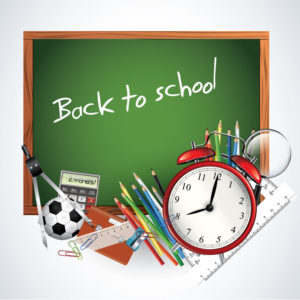 It’s that time of year again! You’ve had a lot of fun hanging with your little ones this summer, but pretty soon they will be back to school with their best friends and favorite teachers.
It’s that time of year again! You’ve had a lot of fun hanging with your little ones this summer, but pretty soon they will be back to school with their best friends and favorite teachers.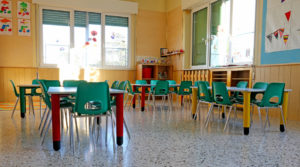 By now you may have heard about the many benefits of enrolling your youngster in an academic preprimary program. Preprimary programs are organized to provide educational experiences for children. They include kindergarten, preschool, and nursery school programs that focus on grade school readiness and overall growth and development during the earliest years of a child’s life.
By now you may have heard about the many benefits of enrolling your youngster in an academic preprimary program. Preprimary programs are organized to provide educational experiences for children. They include kindergarten, preschool, and nursery school programs that focus on grade school readiness and overall growth and development during the earliest years of a child’s life.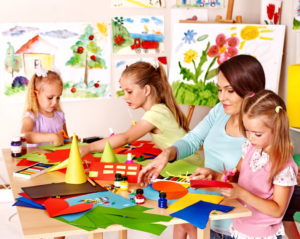 Summer is upon us! Sunshine, barbecues, baseball — who’s thinking about school?
Summer is upon us! Sunshine, barbecues, baseball — who’s thinking about school?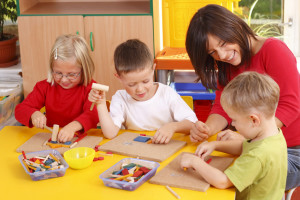 There are plenty of preschool programs out there, but not all are created equally. There is a huge difference between a day care facility and a pre-primary school, though both exist under the larger umbrella of childcare programs.
There are plenty of preschool programs out there, but not all are created equally. There is a huge difference between a day care facility and a pre-primary school, though both exist under the larger umbrella of childcare programs.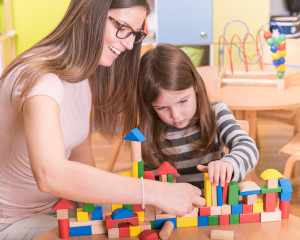 Preschool provides a foundation for the life of your child. Over three-fourths of young children in the United States participate in a preschool program, and finding the right preschool for your child is a task that should be taken with extreme consideration. Here are five reasons why preschool is beneficial to your child.
Preschool provides a foundation for the life of your child. Over three-fourths of young children in the United States participate in a preschool program, and finding the right preschool for your child is a task that should be taken with extreme consideration. Here are five reasons why preschool is beneficial to your child. Preschool, daycare, what’s the difference? They are both just places to drop off your kid when you go to work, right? Wrong.
Preschool, daycare, what’s the difference? They are both just places to drop off your kid when you go to work, right? Wrong.